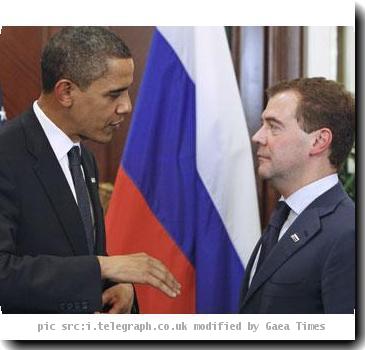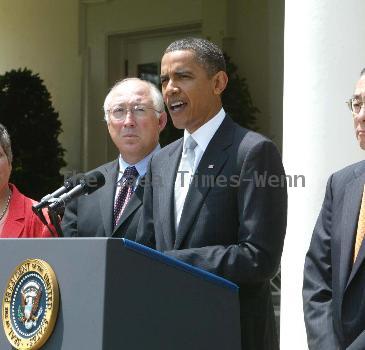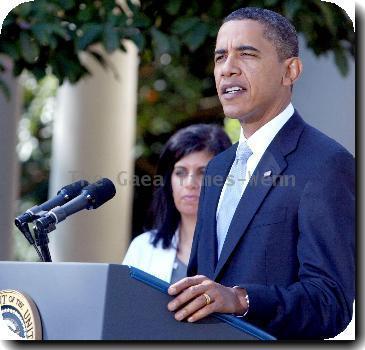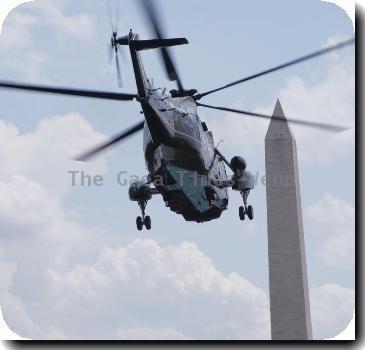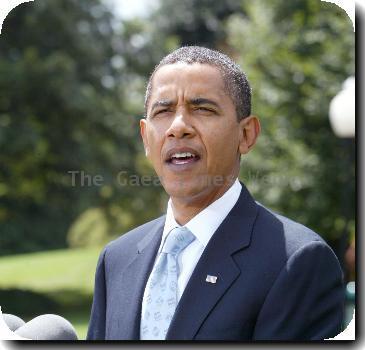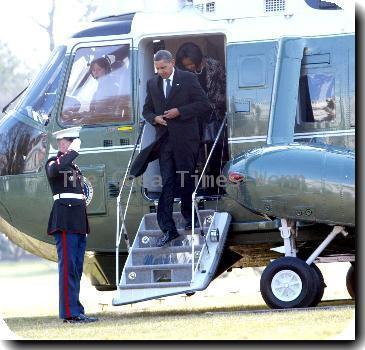BP costs hit $2 billion after two months of fighting Gulf oil spill, paying claims; no end yet
By Robert Barr, APMonday, June 21, 2010
BP Gulf spill costs hit $2 billion, no end yet
ON THE GULF OF MEXICO — BP said Monday it has spent $2 billion in two months fighting its Gulf of Mexico oil spill and compensating victims, with no end in sight.
The British oil giant released its latest tally of response costs, including $105 million paid out so far to 32,000 claimants. The figure does not include a $20 billion fund that BP PLC last week agreed to set up for Gulf residents and businesses hurt by the spill.
Kenneth Feinberg, who has been tapped by President Barack Obama to run the fund, said many people are in desperate financial straits and need immediate relief.
“Do not underestimate the emotionalism and the frustration and the anger of people in the Gulf uncertain of their financial future,” he said.
Scores of people and companies have sued BP for the April 20 rig explosion that killed 11 workers and set off the worst offshore oil spill in U.S. history. Scientists estimate anywhere from 68 million to 126 million gallons has spilled from the blown-out well on the seafloor.
It’s likely to be at least August before crews finish two relief wells that are the best chance of stopping the spill.
Feinberg, who ran the claim fund set up for victims of the Sept. 11, 2001, terrorist attacks, said he is determined to speed payment of claims.
Shares of BP, which have lost about half their value since the rig Deepwater Horizon burned and sank off the Louisiana coast, were down nearly 5 percent Monday in London trading at $5.06. The rig was owned by Transocean Ltd. but run by BP.
BP chief executive Tony Hayward canceled a scheduled Tuesday appearance at a London oil conference, citing his commitment to the Gulf relief effort. The last-minute pullout followed stinging criticism of Hayward’s attendance at a yacht race on the Isle of Wight off the coast of southern England on Saturday.
BP is arguing that its partners in the oil well project must share responsibility for the disaster costs. BP owned 65 percent of the well, while Anadarko Petroleum Corp. had a 25 percent stake and a subsidiary of Mitsui & Co. Ltd. of Japan had a 10 percent stake.
Anadarko said Friday the joint operating agreement made BP responsible for any damage due to gross negligence or willful misconduct. BP shot back Monday that all the partners shared in liability for oil spill damages.
The best hope of stopping the oil rests on teams drilling the wells about 40 miles from shore: They must hit a target roughly the size of a salad plate about three miles below the water’s surface.
If the workers aboard Transocean’s Development Driller II or its sister rig DDIII miss or move too slowly, oil will keep pouring into the sea.
No one on the rig has done this before because such deep sea interventions are rare. But workers brushed off worries and the pressure to succeed.
“It’s really not a tough thing to do,” says Mickey Fruge, BP’s wellsite leader aboard the DDII.
The rigs are slowly grinding their drill bits 13,000 feet below the seafloor until they intersect the damaged well. A group of reporters that included The Associated Press had a rare chance to tour the DDII on Saturday.
Out in the distance, another drilling rig is siphoning off oil and natural gas from the undersea well and burning it in a multi-nozzled flare. It looks like the flames are radiating from an oversized showerhead. Other ships hose off that rig’s deck to keep the heat from building.
Meanwhile, a boom attached to a drill ship called the Discoverer Enterprise flares off natural gas taken from a containment cap that is sucking up oil from the well head. The distant flames are a constant reminder that crude and gas are leaking beneath the feet of those aboard the DDII as they walk across the see-through grating on its floor.
The Enterprise sits where the Deepwater Horizon rig exploded. Some of the DDII crew knew Transocean workers on that rig.
It’s “always, always on our mind,” said Wendell Guidry, Transocean’s drilling superintendent on the rig.
BP has said a relief well should be ready by August, and the DDIII is further along, having reached a depth of nearly 11,000 feet below the seafloor. Still, Guidry said, it’s unclear which rig will hit the target first.
“Never know what will happen,” he said. “You never know.”
It’s a tricky task and not guaranteed to work. A pair of relief wells took months to stop an undersea gusher in Mexico that started in the summer of 1979.
Coast Guard Adm. Thad Allen, the top federal official in the spill response, has said construction on the relief wells remains ahead of schedule. But setbacks are routine on a drilling rig.
“It’s business as usual, man,” said Eric Jackson, a rig worker. “Everybody tells us to be, ‘Hey, don’t let the pressure get to you.’ This is what we do for a living, man. We drill wells. It’s the same as any other day.”
Barr contributed from London.
Tags: Accidents, Barack Obama, Coastlines And Beaches, Energy, England, Environmental Concerns, Europe, London, On The Gulf Of Mexico, United Kingdom, Western Europe
